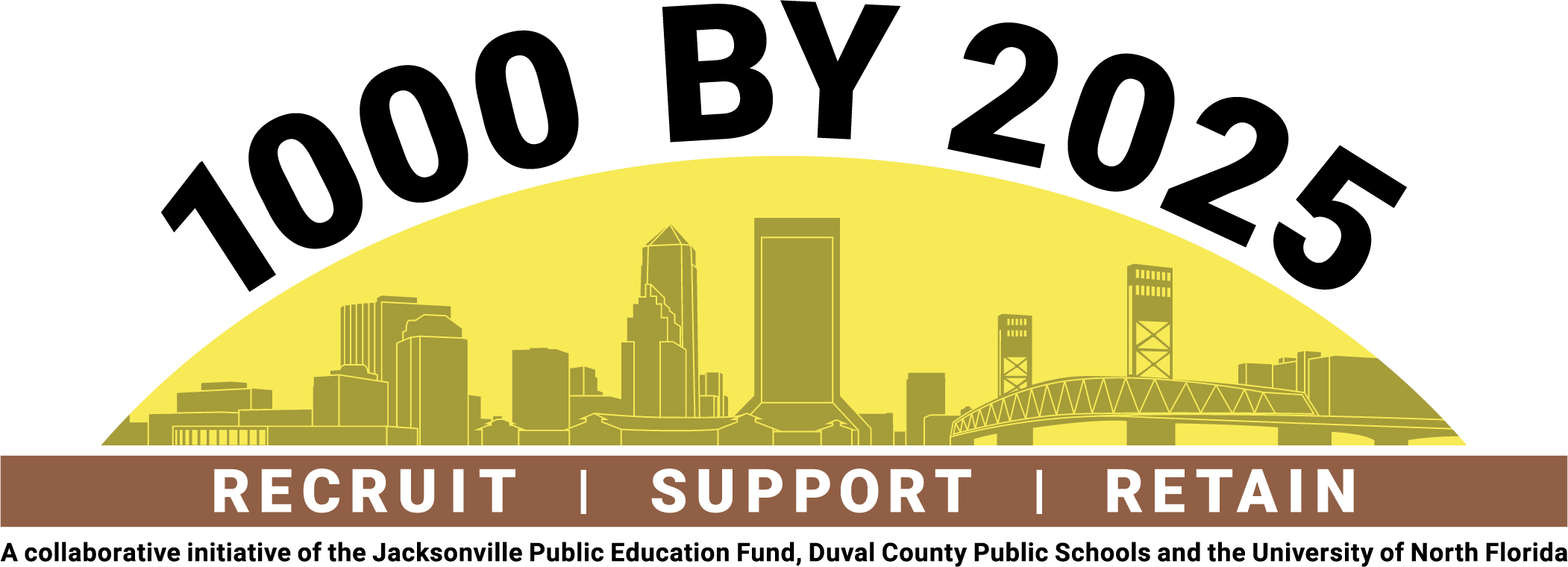We live in polarizing times. In too many ways, our country is divided. The divisive nature of our disagreements, the lack of understanding and compassion, and a sense of antagonism is all but defining the moment. The news has become saturated with story after story of all that is wrong in America and in the world. There are in-groups, and out-groups. There’s us, but there’s also them. It feels, at times, that everywhere you look, there’s divisiveness, disunity.
…That is, until one looks in a classroom of young children.
When I step into my classroom, it is like stepping into another world. Suddenly, any sense of disunity is replaced by a sense of family in a home away from home. Our children do not see what we see. They do not see race. Or political tribes. Or ideology. They do not feel our anger. Or resentment. Or division.
These feelings and sentiments are learned. Indeed, they are taught. Even if just passively, they are taught. And that’s not the kind of teacher I want to be. It’s not the kind of teacher any of us want to be. We can be better.
I step into this other world every day—a world where curiosity and fun reign supreme; a world where petty differences go unnoticed; a world where a complete stranger can instantly become a friend; a world united by life’s simple pleasures. When I step into this other world every day, I ask myself: Who is teaching whom?
To be a good teacher, one must first be a good student. In light of this truth, I ask my fellow teachers of Duval Country: What can we learn from our students? What can we learn from an unadulterated mind?
I began my teaching career under no illusion that I would change the world. Few of us will—or even could—shoulder such a task. But I did begin teaching with an acute awareness, if not a sense of obligation, that I could change my little slice of the world.
I know this can be done, because good teachers have changed my world. And now it’s my turn to pay it forward as best I can.



